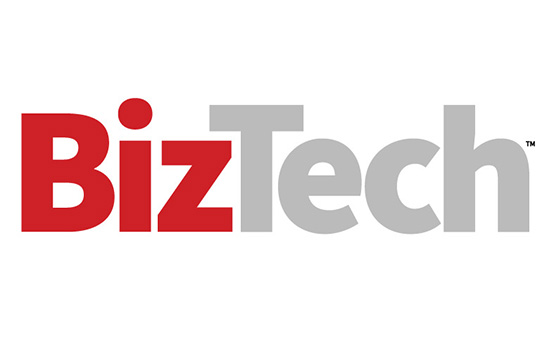Embrace AI-Powered Plug-and-Play Video Devices
According to Roopam Jain, vice president of research, information and communication technologies at Frost & Sullivan, SMBs can equip a meeting room for video with advanced AI-powered devices for under $2,000.
“These devices offer many advanced features, such as smart framing, speaker tracking and noise cancellation,” Jain says.
All-in-one collaboration bars natively integrate with cloud meeting platforms such as Microsoft Teams and Zoom for easy plug-and-play deployment. The demand for leading collaboration platforms has made bring-your-own-device meetings more feature-rich, consistent, user-friendly and manageable.
“Many SMBs prefer BYOD solutions because they are a more cost-effective option for video-enabling small and huddle spaces,” Jain says.
RELATED: Why it’s time to upgrade your video conferencing technology.
Consider Videoconferencing Options That Work Across Platforms
Jitesh Gera, research manager for unified communications and collaboration at IDC, says the buyer can decide what their meeting experiences will look like today.
They can use a single device that offers pretty good meeting equity, use AI to split up video feeds and provide each participant an equal share of the screen; or, they can deploy multiple camera systems for speaker tracking and use of digital or physical whiteboards.















